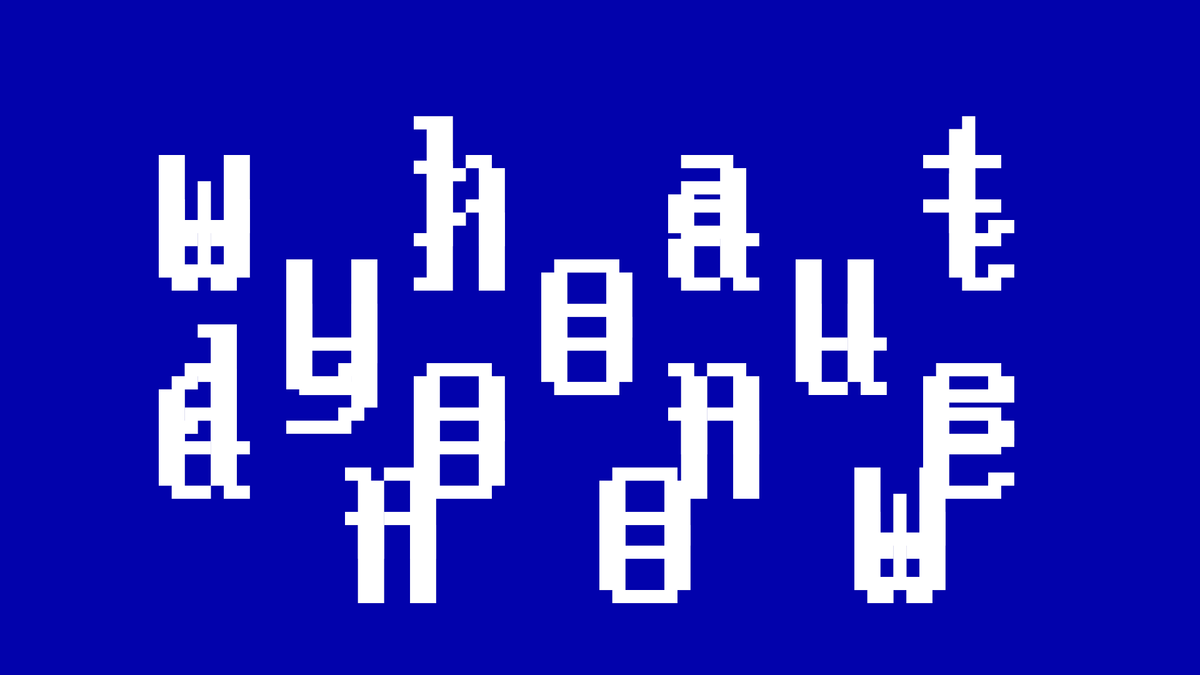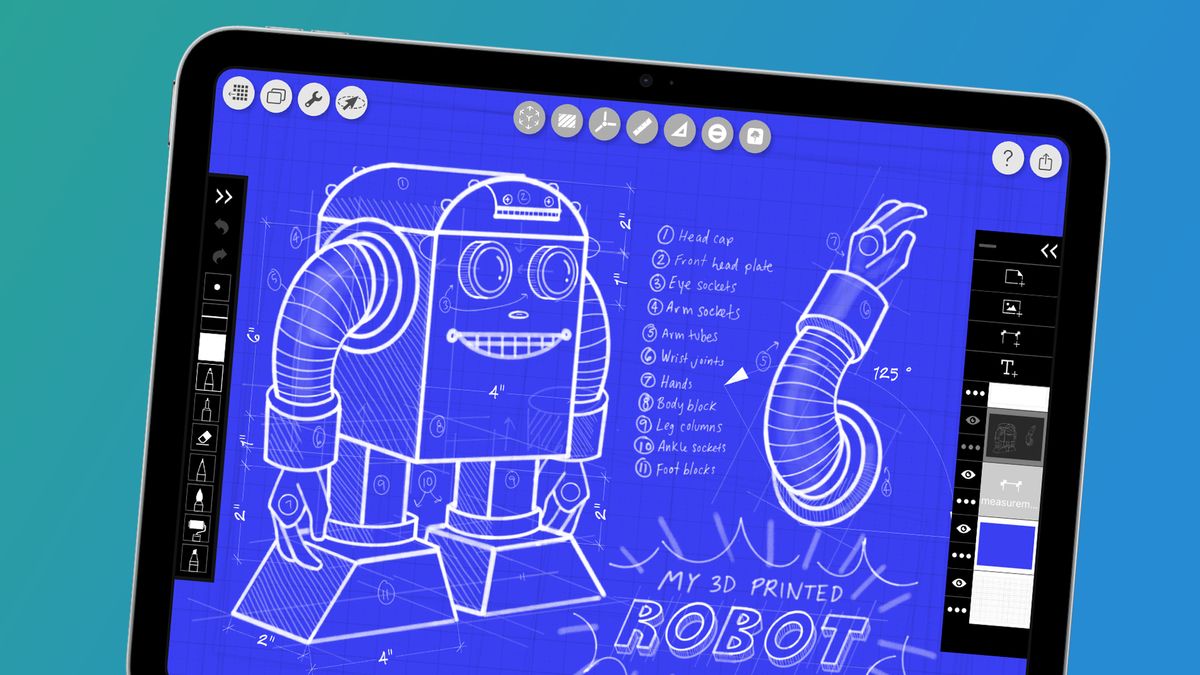The Blue Screen of Death (BSOD) is an ancient computing rite of passage, recounted from father to daughter to grandchild. To encounter one on a device you own is a throwing down of the gauntlet: ‘you messed up, here’s some indecipherable error code: what are you going to do about it?’
And yes, yes, it is fun to spot them in the wild, thanks, Ars Technica. Point and laugh. Get the sysadmin out of bed. Hahaha. Ha. But no, this is tech journalism! This is serious business!
To this end, version 255 of the Linux-based project systemd has introduced something like it, while warning that, like the very rocks we have tricked to think with circuits and sorcery, the ‘system-bsod’ component is ‘experimental and subject to change.
Blue screen of life beyond Windows
At first glance, an addendum to a single Linux-based project doesn’t sound groundbreaking, but, as Ars Technica point out, systemd is responsible for system management on many, many Linux distributions, big and small.
How about Ubuntu – very much the go-to Linux distro for beginners – or Debian-based variants – which includes Raspberry Pi OS, and a number of other distros that play well on the hardware. Yes, even I’ve grown to despise the whole thing, so some guidance on what I’ve ruined and how I’ve ruined is alright, actually.
It might take some time to trickle down to your specific Linux poison (with the emphasis on poison), but if you do any amount of tinkering under the hood, you’ll be grateful for the change, and hopefully want to bang your head against the wall just that bit less.
Elsewhere in systemd version 255, there are vital additions to its data encryption services, including support for TPM 2.0, and quality of life additions to the repart service for automating drive partition management.
But all that pales in comparison, is so boring, compared to an iconic totem to our reason for being, yeah? Stare into the blue screen, let it take you to another dimension.





